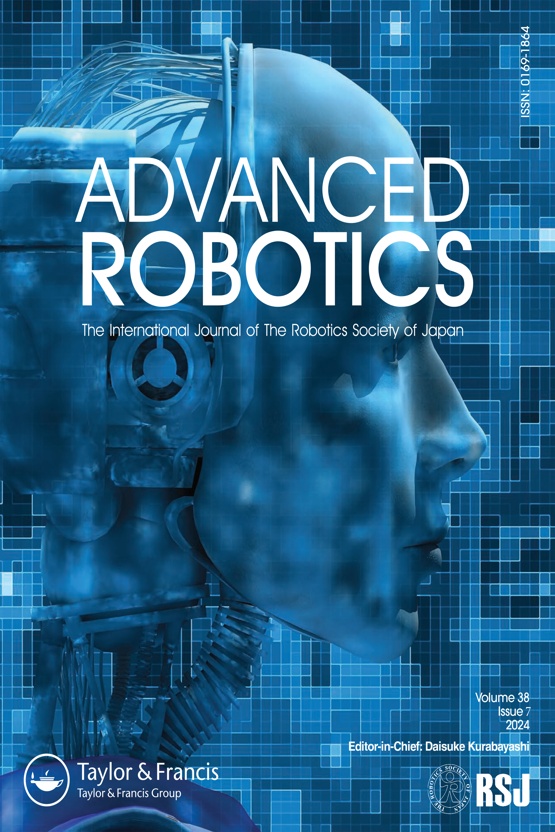Meet the Editor:
Professor Marcelo H. Ang Jr
In this edition of our “Meet the Editor” series, we speak to Professor Marcelo H. Ang Jr, Editor of Advanced Robotics (AR). Marcelo is currently a Professor of Mechanical Engineering at the National University of Singapore (NUS) and senior member of Institute of Electrical and Electronics Engineers (IEEE) since 1988.
He also serves as founding president of the Robotic Games Society, a society registered with the Singapore government and was a key IEEE member who set up the Singapore chapter of the IEEE Robotics and Automation Society (RAS). Marcelo looks forward to contributing actively to the RAS management team in shaping and achieving its vision.
Can you introduce yourself, give us a brief description about who you are, and where you are based in the world.
I obtained my Bachelor’s Degree in Mechanical Engineering and Industrial Management Engineering in the Philippines back in 1981. I then went on to complete my Master’s in Mechanical Engineering at the University of Hawaii, followed by a Master’s and PhD in Electrical Engineering from the University of Rochester, New York. I started teaching at the university as an Assistant Professor before finally joining the Department of Mechanical Engineering of the National University of Singapore (NUS) in 1989 – where I continue to teach research in Robotics till today.
In a few sentences, please describe the focus of your work.
I teach and research in the related areas of robotics and autonomous systems. The focus of my research is on robotics in unstructured and human environments.
What sparked your interest in this field and why is it important?
Throughout my life, I’ve always been fascinated with machines, mechanisms, and their inner workings. I’ve always had a passion for repairing, enhancing, and innovating to create something new. Robotics is the ultimate machine, a mechanism that moves with intelligence. It is a remarkable tool that holds so much potential for humanity.
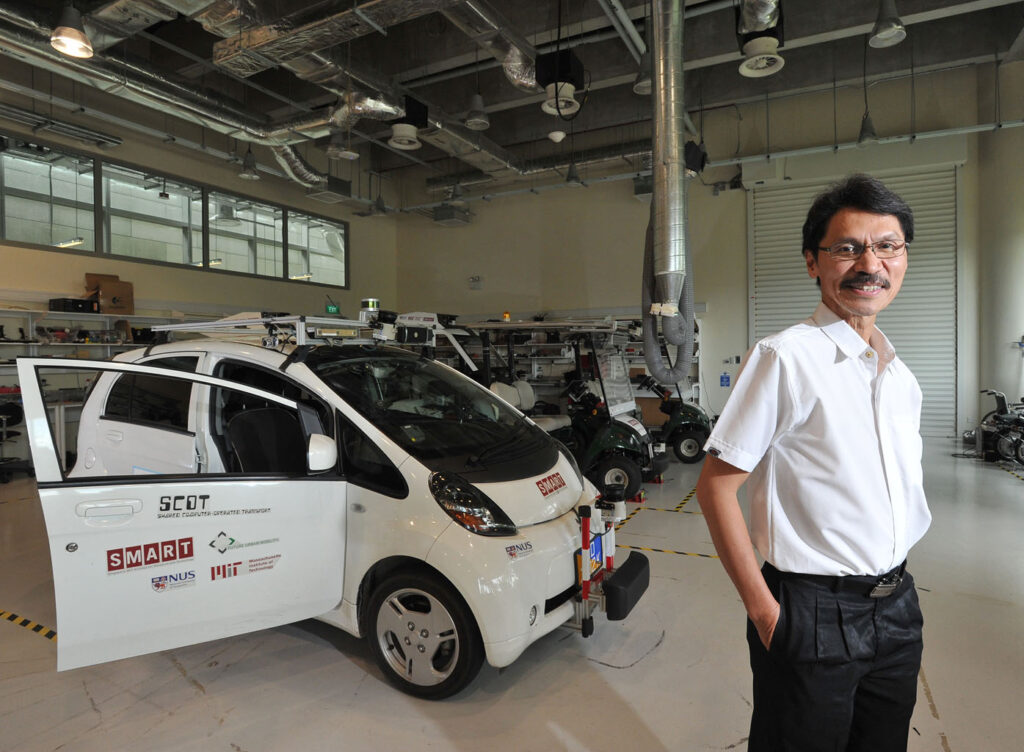
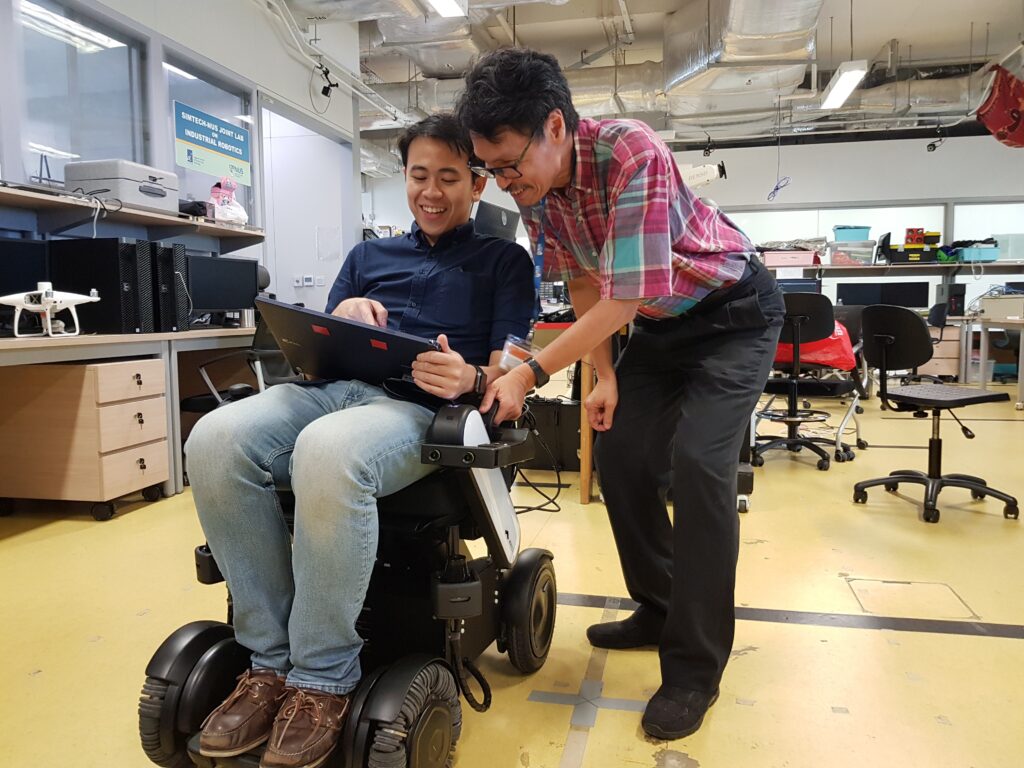
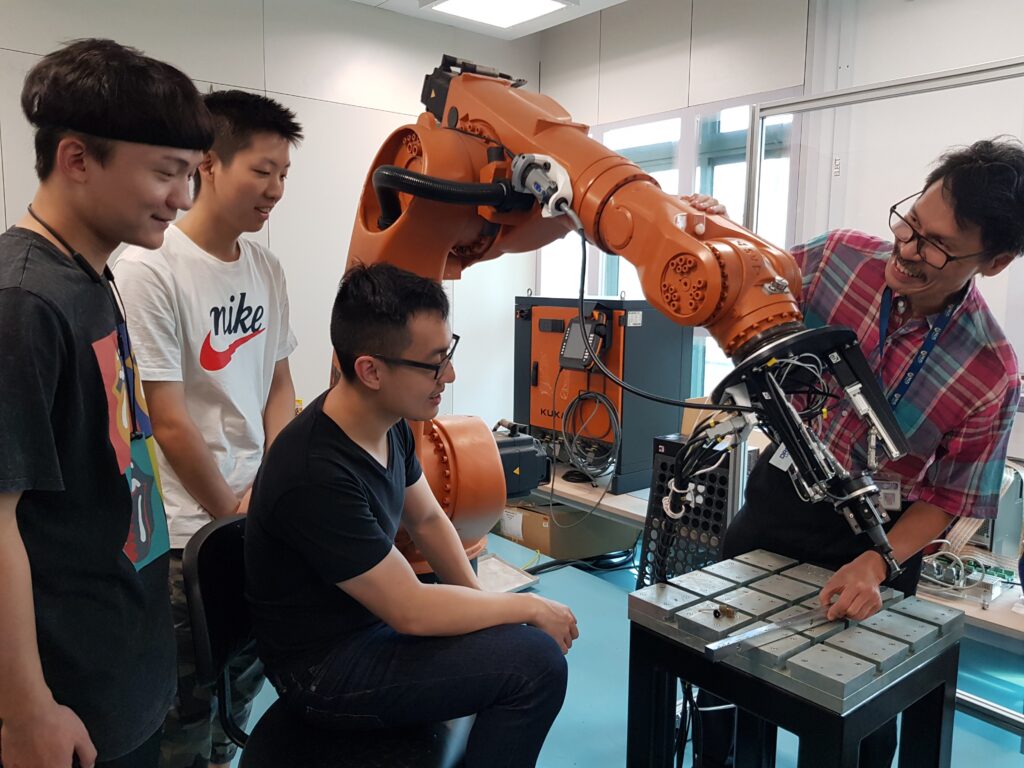
What lead you to become an associate editor with Advanced Robotics, and could you briefly share what your day-to-day role as an editor entail?
I regularly attended international robotics conferences, which was the ideal platform for like-minded researchers and academics to exchange and share ideas in robotics science, technology, and applications. I’m fortunate to have met and interacted with world renowned top scientists and technologists in robotics, and as many of them volunteer their time to serve on editorial boards of journals and conferences, I too see the value in such means of information dissemination and building on existing knowledge to make new contributions.
Naturally, I was happy to be invited to be a member of the Advanced Robotics editorial board. As an editor, my tasks include managing the review of journal submissions and constantly looking out for new and emerging areas to encourage submissions.
It is known that with the rise of Artificial Intelligence (AI), robots will continue to replace some of the jobs of humans. Are there any robots with a human touch today? How can they contribute positively to our society, especially in an aging one?
Yes, AI will provide a critical solution to break the barrier of applications of robotics to everyday life, outside factory environments (which are structured). The potential applications of robotics are limitless with AI-driven robotics providing solutions. While robots will not replace humans completely, they certainly can enhance our existence and make it more meaningful and satisfying. Robots can free us from the burden of laborious and hazardous tasks: dangerous, dirty, dull, and intellectually degrading tasks. I call these the “Ds” of robotics, and “driving” vehicles. Such tasks are best suited for robots, as humans are far too intelligent and valuable to engage in such endeavors.
However, human involvement is still needed for edge cases when handling and providing supervisory monitoring and control of robots. While robots have local autonomy, high-level decision making still needs to be done by humans. Additionally, another application very well suited for robots is when they can surpass human capabilities. For example, a robotics system driving a car remains perpetually alert: unaffected by fatigue or emotions, even when faced with obstacles.
Impactful applications abound especially in an ageing society, where robots can step in as caregivers, personal assistants, and companions (co-X, where “X” = worker, teacher, companion, assistant, etc.). Embracing AI would certainly pave the way for a brighter, more enriched future for us.
With the launch of driverless car, ‘SCOT’ in 2014 – a joint venture you were a part of between NUS and Massachusetts Institute of Technology (MIT) – how has the technology in autonomous vehicles (AV) evolved since then?
Our startup, NuTonomy was formed. Specializing in software to build self-driving cars and autonomous mobile robots, we successfully launched a robo-taxi pilot project in 2016. The company was acquired by Delphi Automotive (now known as Aptiv) and shortly after was rebranded as Motional – a joint venture between Hyundai Motor and Aptiv. Since then, Motional has undergone significant growth and is focused on pioneering driverless technologies and advancing the realm of autonomous vehicles.
We continue to advance research on autonomous vehicle research and development in our quest to achieve self-driving capability in increasingly complex and dynamic environments, not only on roads but also in pedestrian environments where self-driving vehicles navigate freely without roads (e.g., delivery robots going in and out of buildings).
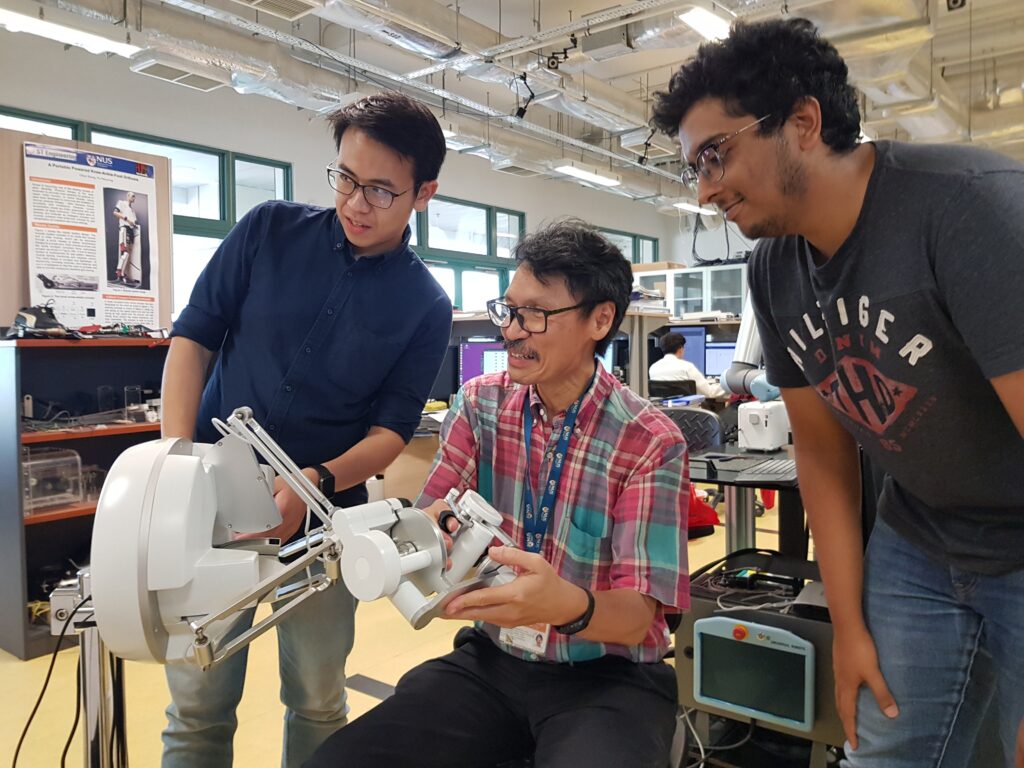
Why should researchers submit to Advanced Robotics?
Advanced Robotics has an extensive history that spans over 30 years. It’s one of the pioneer journals in robotics – covering a wide range of topics spanning fundamental science to practical applications including social and non-technical aspects of robotics. This journal caters to a broad audience, ensuring widespread reach and maximum visibility for published papers. The submission, review and publication process is also very efficient, allowing the work to be published in a timely manner.
What advice would you give to early career researchers who are just starting out in this field?
Increase your curiosity to learn and ignite your passion to create new science and technologies through consistent engagement with scientific publications, and regularly network and interact with individuals from diverse backgrounds. This interaction facilitates mutual learning, allowing us to build upon existing knowledge for the greater good of society.
Knowledge creation cannot be done alone – its true potential flourishes through social interactions and exchange of ideas. I highly recommend regularly attending international conferences, where valuable insights and breakthroughs can be shared and explored together with like-minded individuals.
About the Journal
Advanced Robotics (AR) is the international journal of the Robotics Society of Japan and has a history of more than thirty three years. It is an interdisciplinary journal which integrates publication of all aspects of research on robotics science and technology. The journal covers both fundamental robotics and robotics related to applied fields such as service robotics, field robotics, medical robotics, rescue robotics, space robotics, underwater robotics, agriculture robotics, industrial robotics, and robots in emerging fields. It also covers aspects of social and managerial analysis and policy regarding robots.
